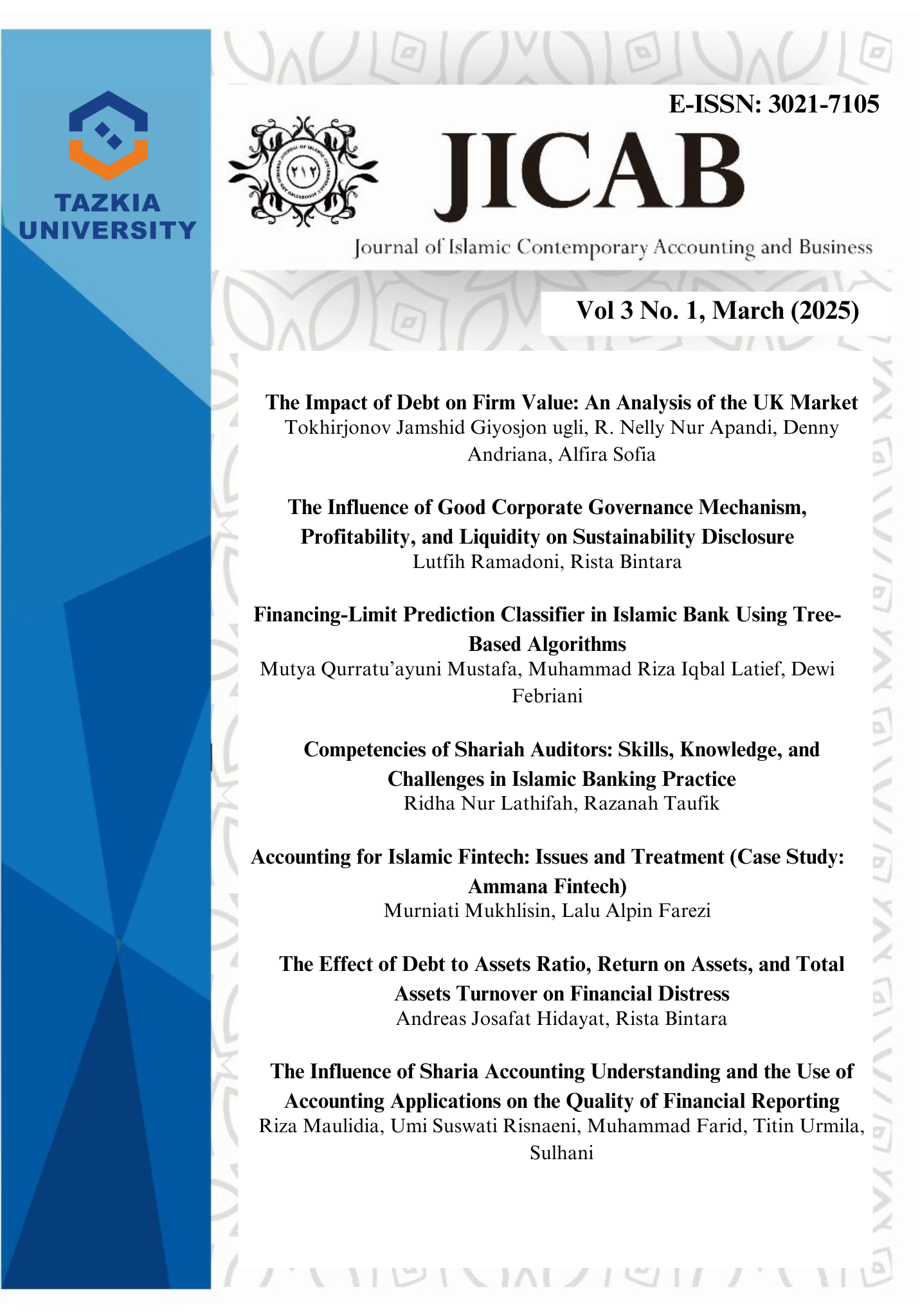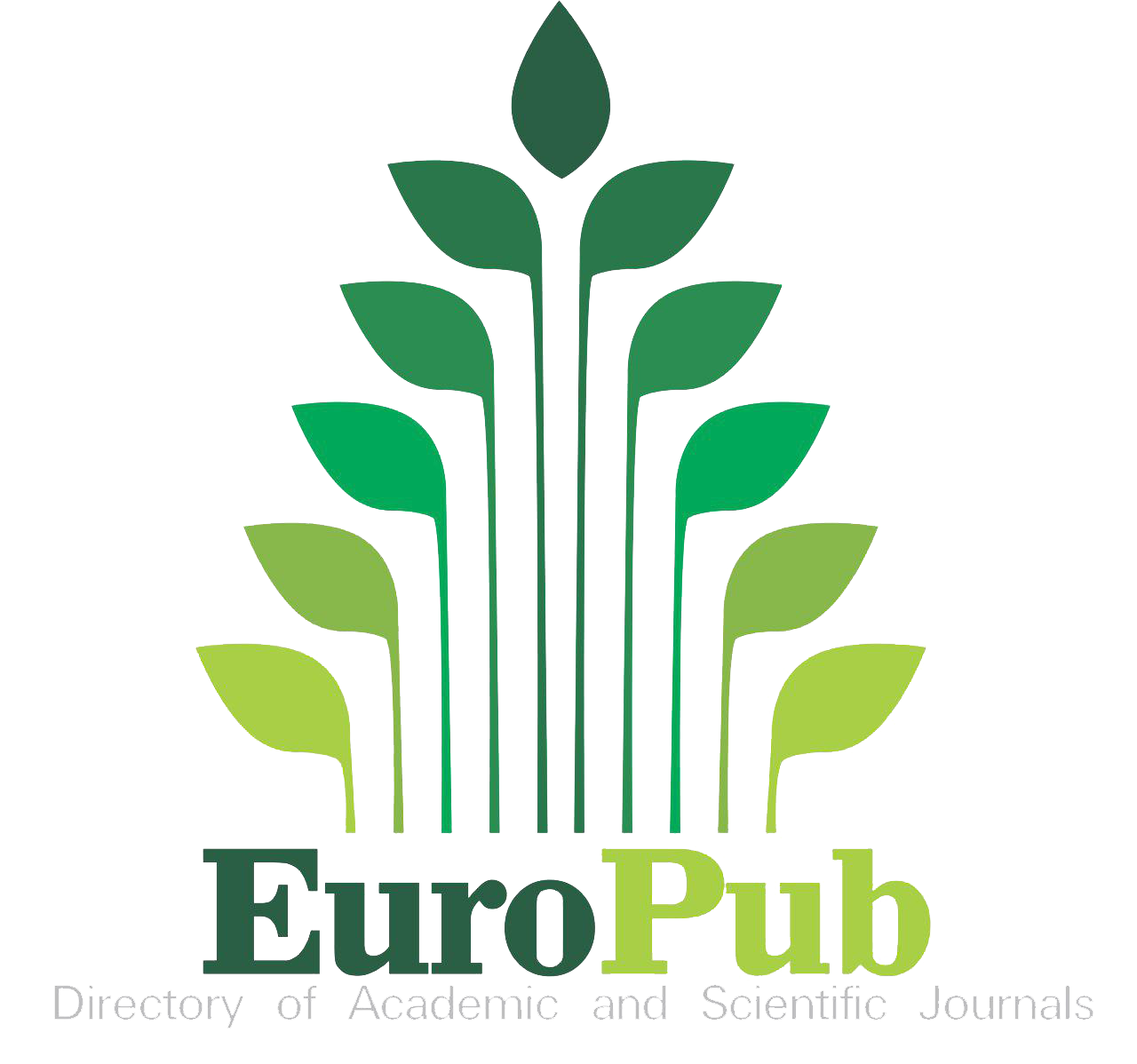The Effect of Debt to Assets Ratio, Return on Assets, and Total Assets Turnover on Financial Distress
DOI:
https://doi.org/10.30993/jicab.v3i1.445Keywords:
Rasio Utang terhadap Aset, Tingkat Pengembalian Aset, Perputaran Total Aset, Kesulitan Keuangan, Industri Properti dan Real EstatAbstract
This study aims to analyze the effect of Debt Assets Ratio, Return on Assets, and Total Assets Turnover on Financial Distress in property and real estate companies listed on the Indonesia Stock Exchange (IDX) for the period 2019-2022. The independent variables in this study are Debt Assets Ratio, Return on Assets, and Total Assets Turnover, while the dependent variable is Financial Distress which is measured using the Altman Z-Score. The data used are secondary data from property and real estate companies listed on the IDX and taken from the official website www.idx.co.id. This study uses a purposive sampling method by selecting 16 companies that meet the criteria as samples so that there are a total of 64 observation data. The analysis method used is multiple linear regression with the help of SPSS 26. The study results indicate that the Debt to Assets Ratio has a negative effect on Financial Distress, Return on Assets and Total Assets Turnover have no impact on Financial Distress.
Downloads
Published
Issue
Section
License
Copyright (c) 2025 The Effect of Debt to Assets Ratio, Return on Assets, and Total Assets Turnover on Financial Distress © 2025 by Andreas Josafat Hidayat, Rista Bintara is licensed under CC BY-NC 4.0

This work is licensed under a Creative Commons Attribution-NonCommercial 4.0 International License.
Journal of Islamic Contemporary Accounting and Business © 2023 by Tazkia Islamic University College is licensed under CC BY-NC 4.0
Authors who publish with this journal agree to the following terms:
- Authors retain copyright and grant the journal right of first publication with the work simultaneously licensed under a Creative Commons Attribution License that allows others to share the work with an acknowledgment of the work's authorship and initial publication in this journal.
- Authors are able to enter into separate, additional contractual arrangements for the non-exclusive distribution of the journal's published version of the work (e.g., post it to an institutional repository or publish it in a book), with an acknowledgment of its initial publication in this journal.
- Authors are permitted and encouraged to post their work online (e.g., in institutional repositories or on their website), as it can lead to productive exchanges, as well as earlier and greater citation of published work (See the Effect of Open Access).












